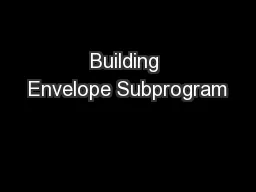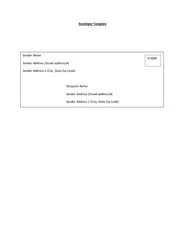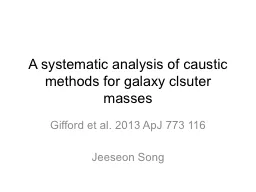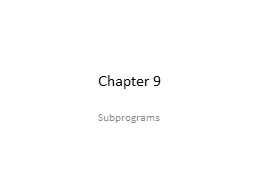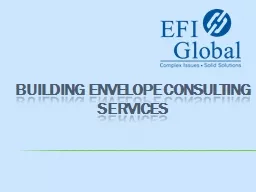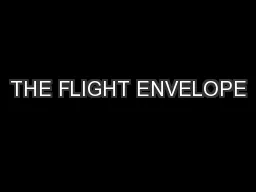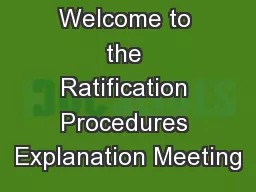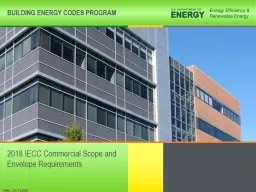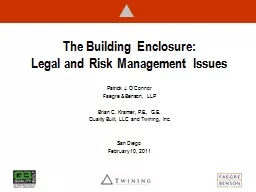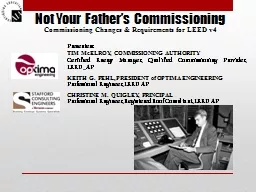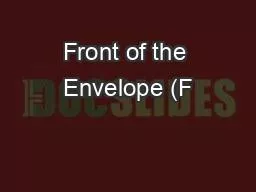PPT-Building Envelope Subprogram
Author : pamella-moone | Published Date : 2018-03-06
Buildings XIII Conference DOE Workshop December 8 Sven Mumme Technology Manager Emerging Technologies Building Technologies Office 2014 Building Energy Use
Presentation Embed Code
Download Presentation
Download Presentation The PPT/PDF document "Building Envelope Subprogram" is the property of its rightful owner. Permission is granted to download and print the materials on this website for personal, non-commercial use only, and to display it on your personal computer provided you do not modify the materials and that you retain all copyright notices contained in the materials. By downloading content from our website, you accept the terms of this agreement.
Building Envelope Subprogram: Transcript
Download Rules Of Document
"Building Envelope Subprogram"The content belongs to its owner. You may download and print it for personal use, without modification, and keep all copyright notices. By downloading, you agree to these terms.
Related Documents

